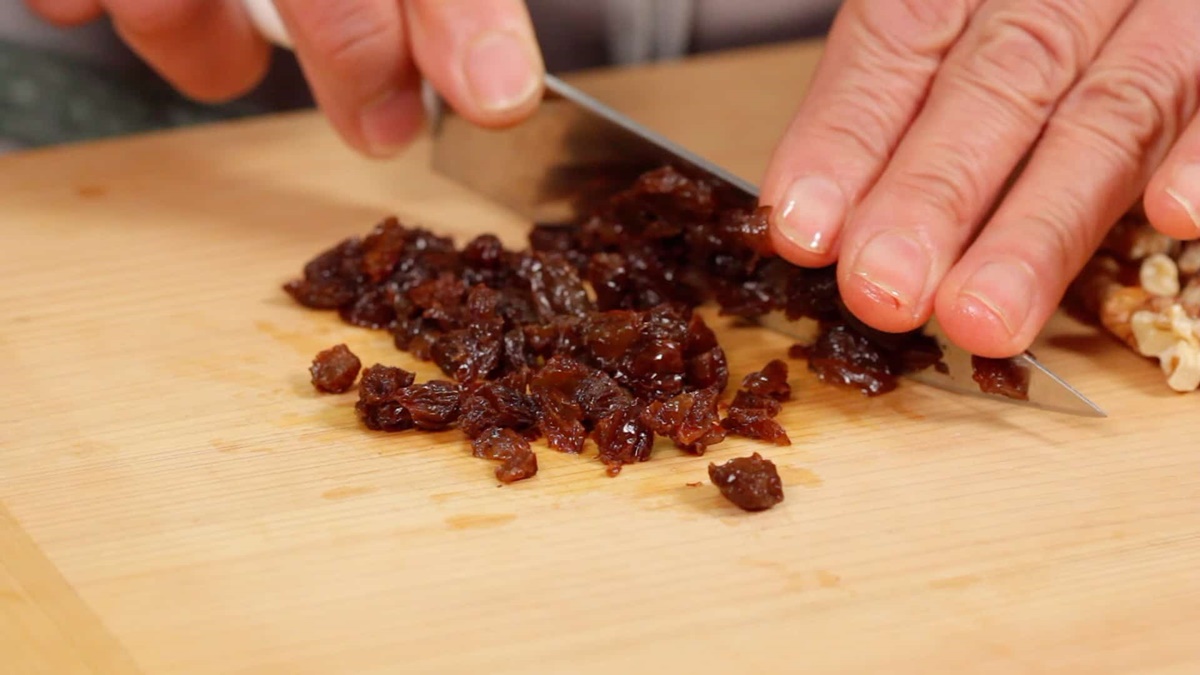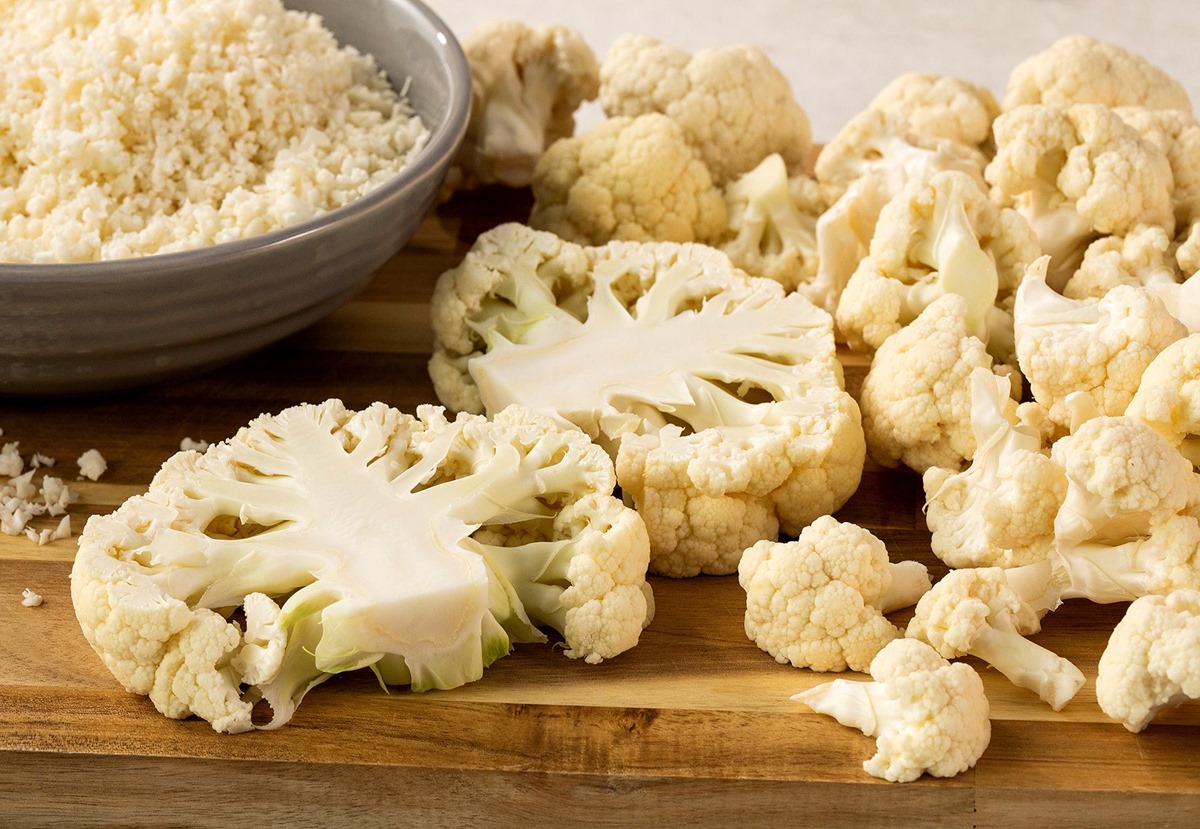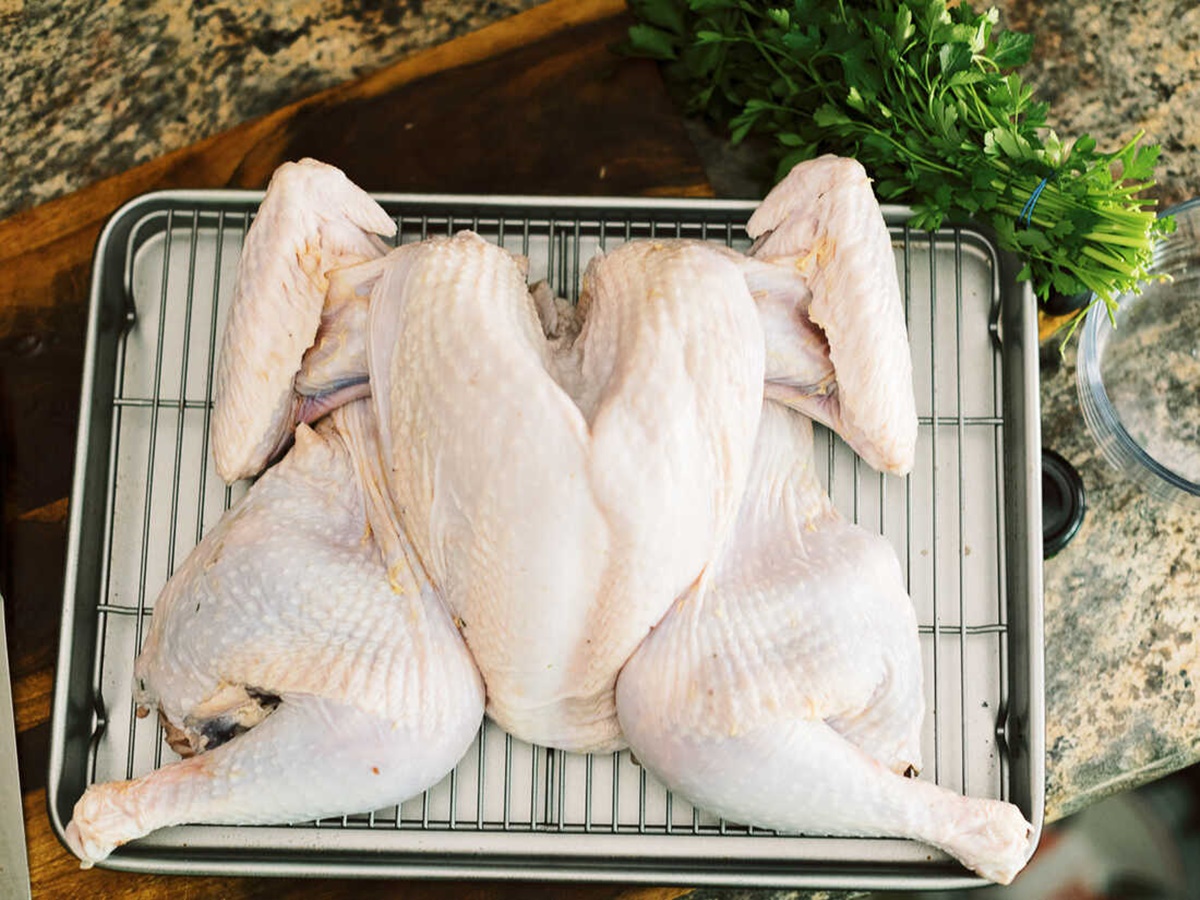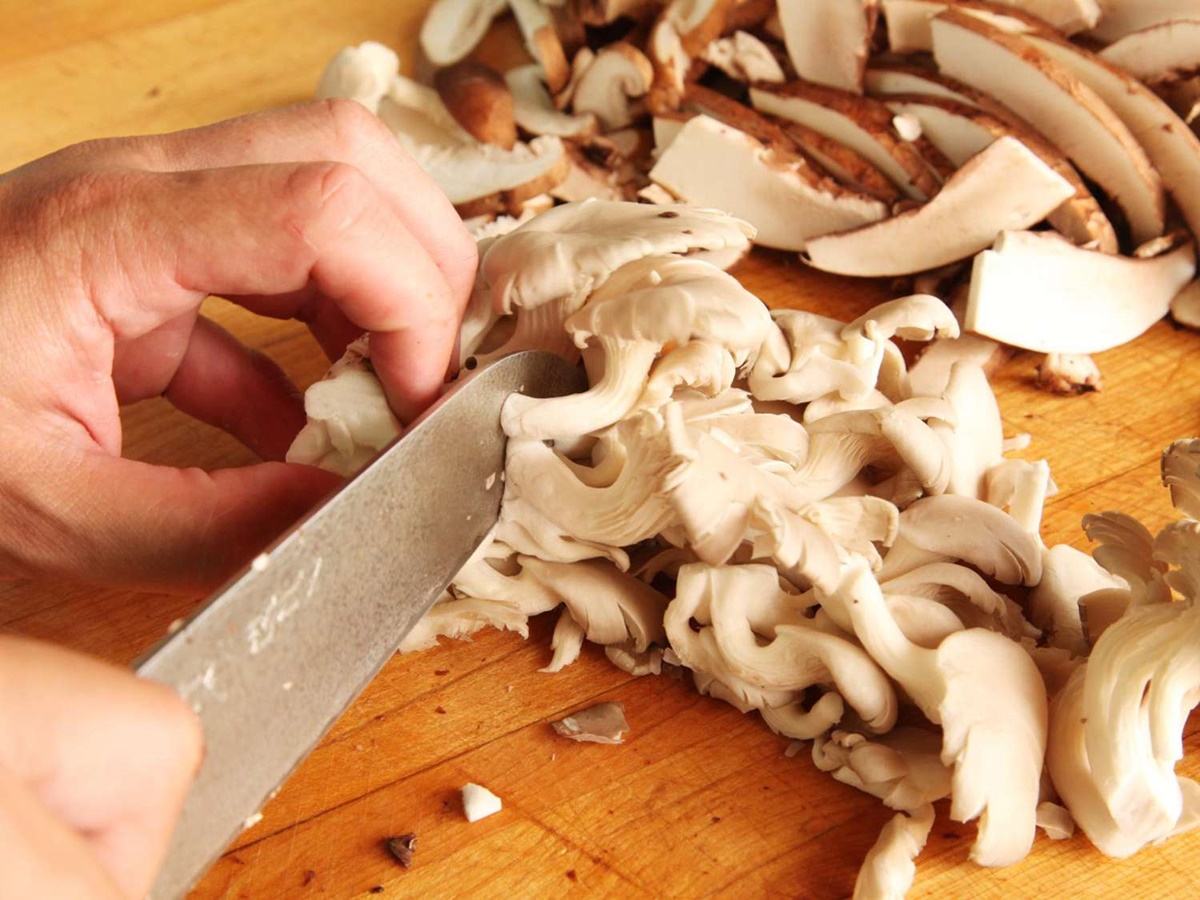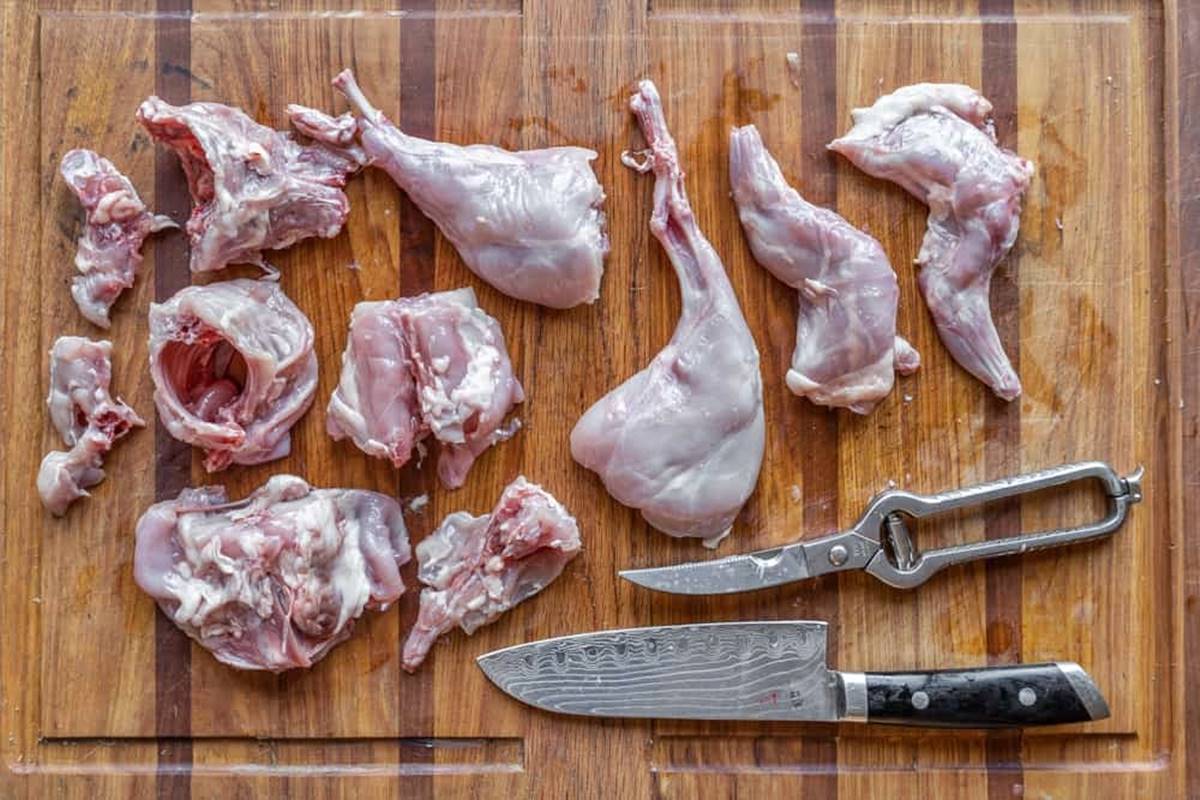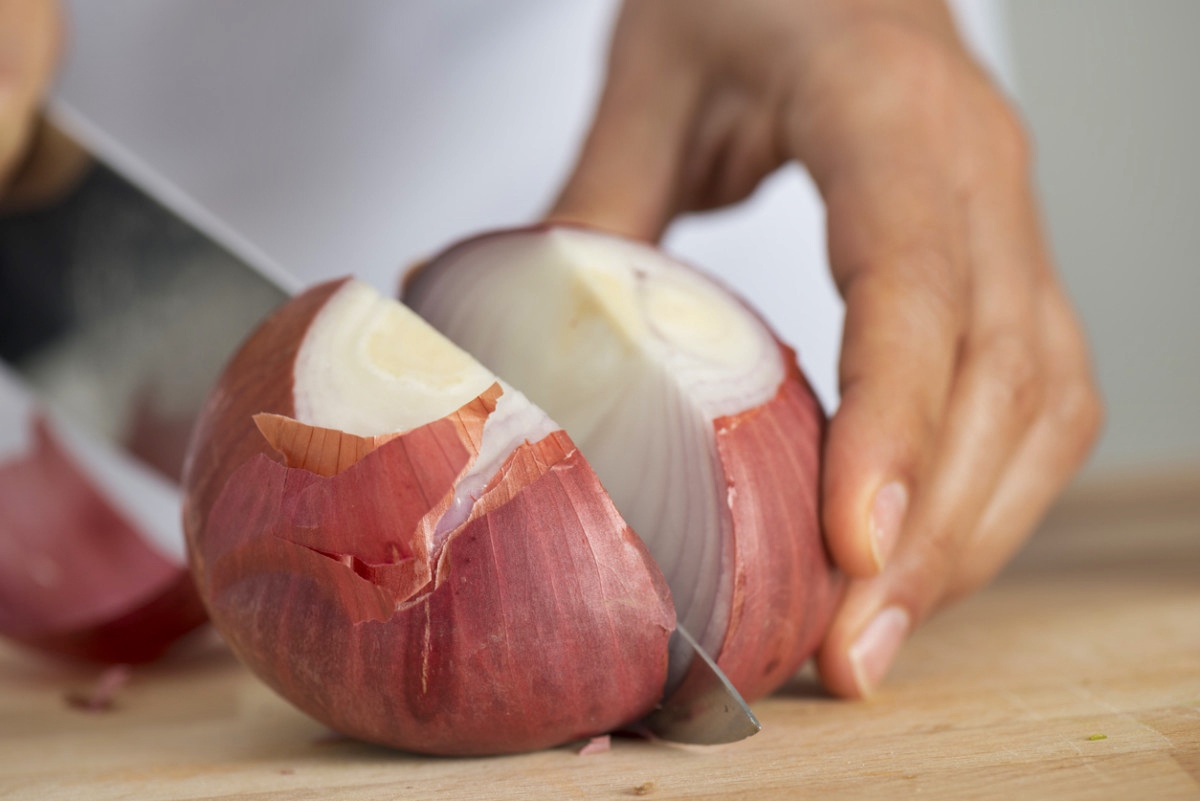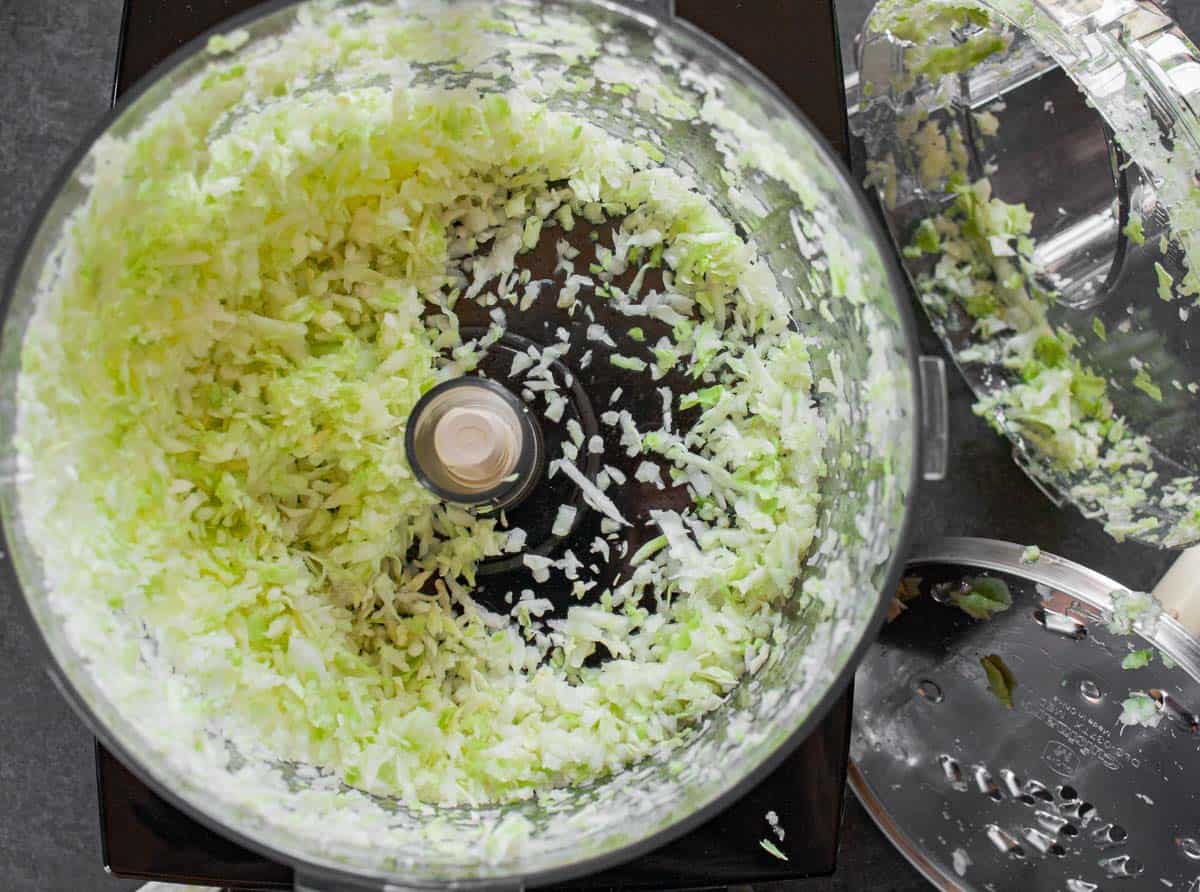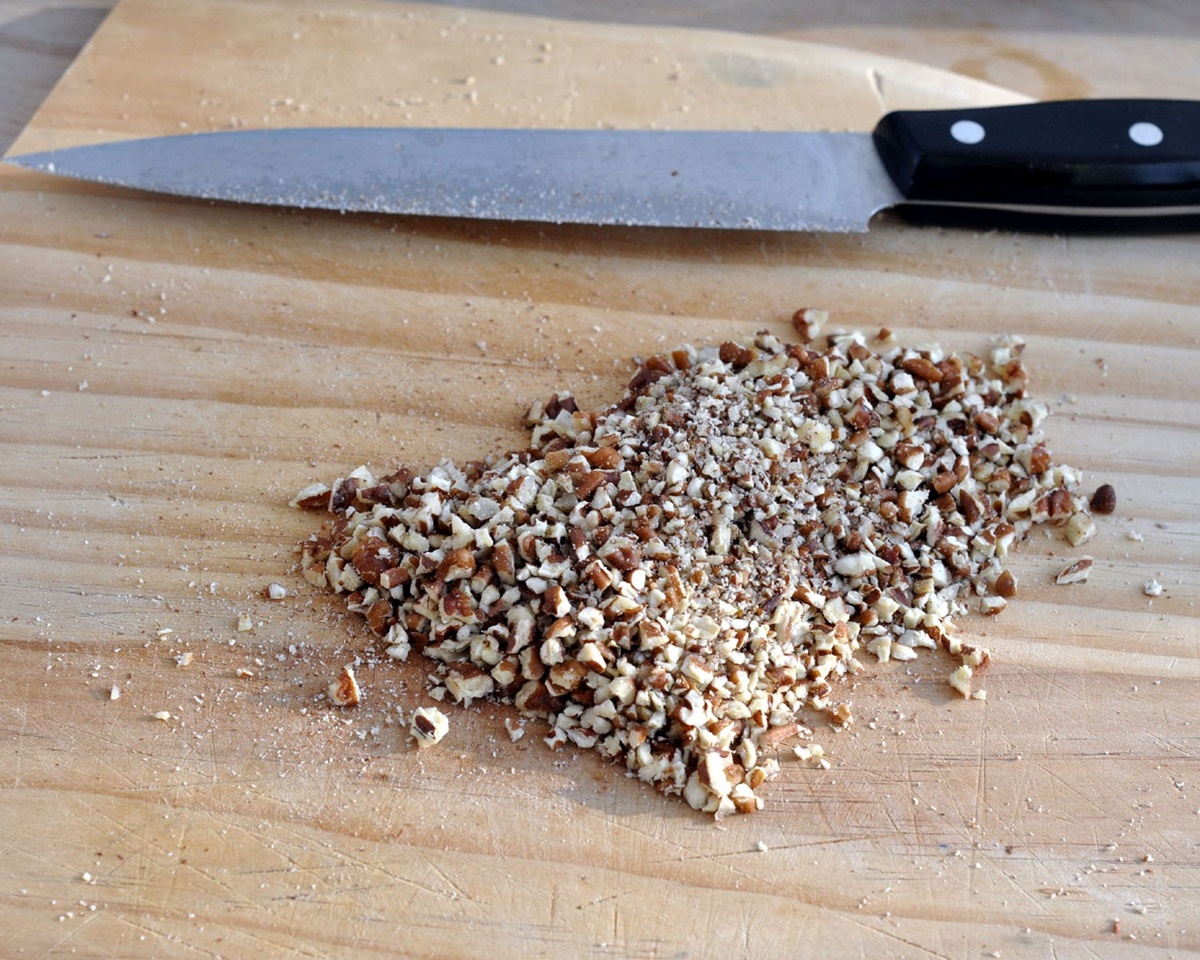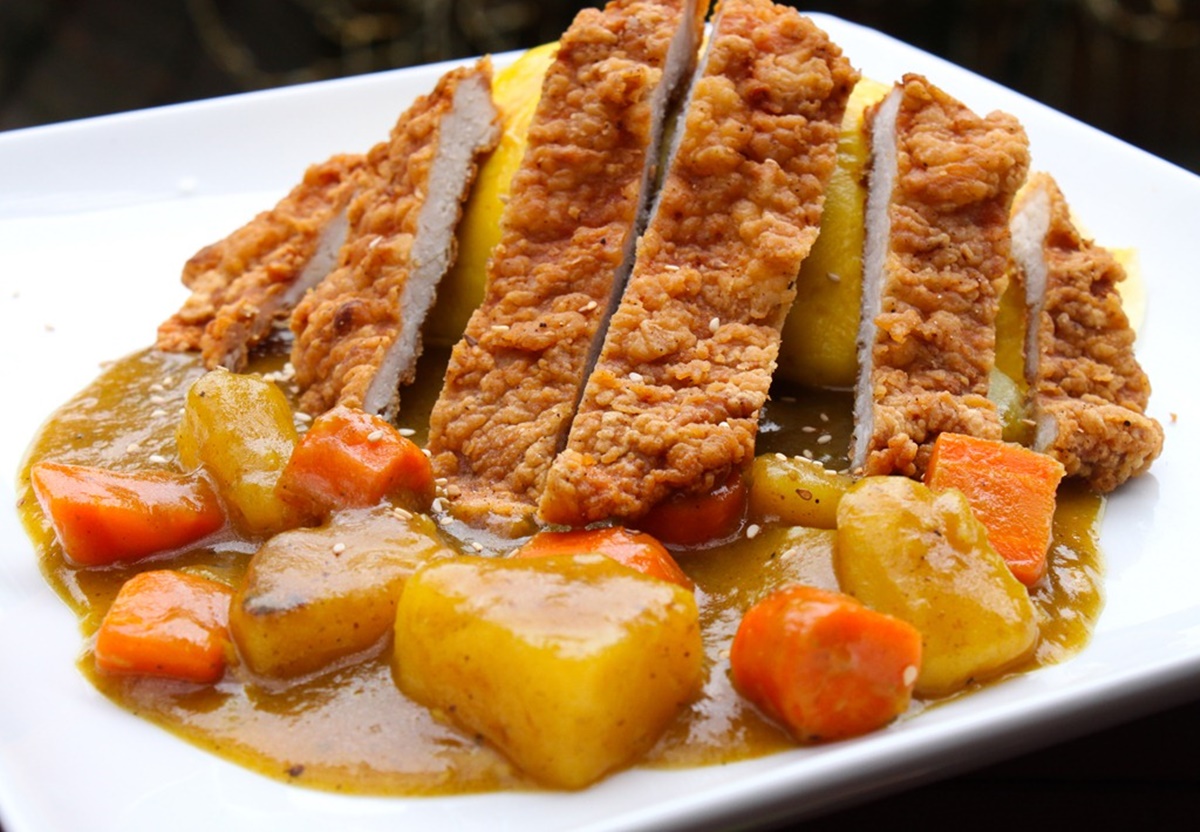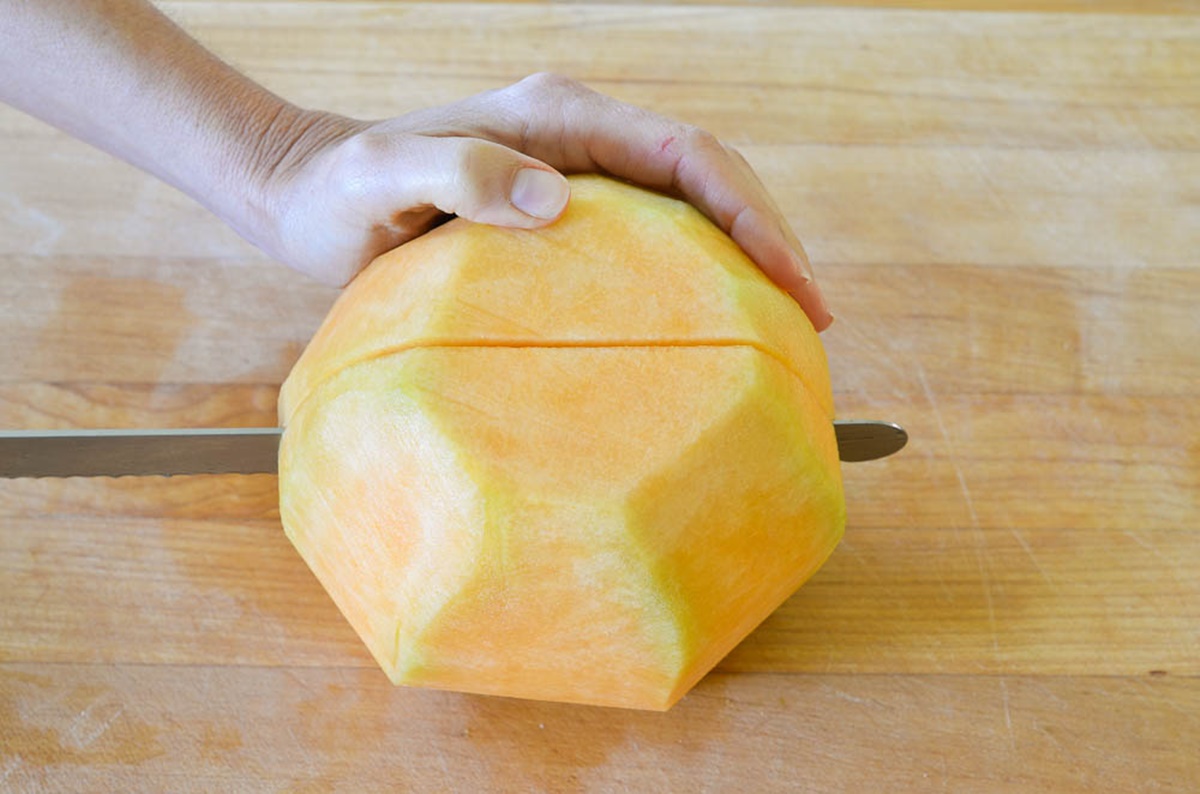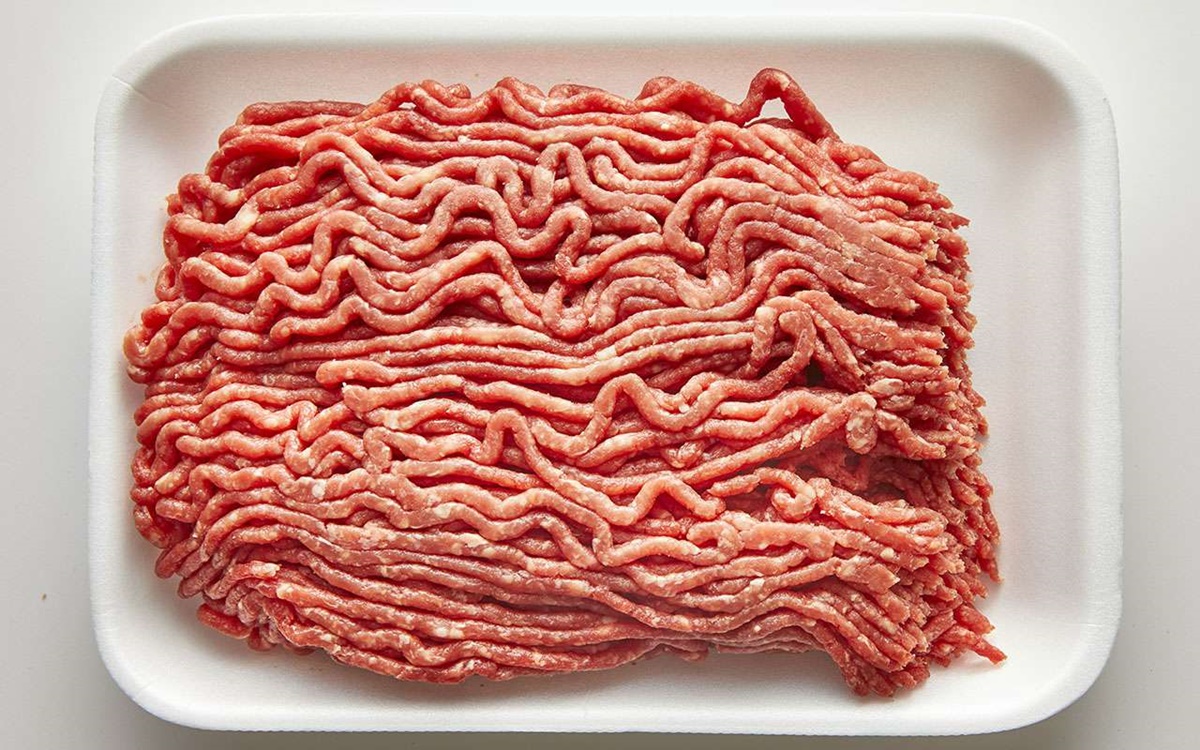How to Chop Wedges: A Beginner’s Guide
Want to add some flair to your culinary skills? Look no further than learning how to chop wedges! Wedges not only add visual appeal to your meals, but they also provide a satisfying crunch. Whether you’re planning a dinner party or simply want to elevate your everyday cooking, mastering the art of chopping wedges is a valuable skill to have in your culinary repertoire.
Why Chop Wedges?
Before we dive into the steps of chopping wedges, let’s talk about why you would want to incorporate them into your cooking. From potatoes to fruits, chopping wedges can enhance the overall presentation of a dish. It’s also a great technique for quick and even cooking. Furthermore, wedges provide a pleasing texture and shape that makes them a versatile addition to salads, side dishes, and even main courses.
Step-by-Step Guide to Chop Wedges
Now that we understand the benefits of chopping wedges, let’s break down the process into simple, easy-to-follow steps:
- Choose the right ingredient: Wedges can be made from various fruits and vegetables such as potatoes, apples, sweet potatoes, and even cucumbers. Select the ingredient of your choice and ensure it’s ripe and firm for the best results.
- Prep your workstation: Before you start chopping, make sure you have a clean and spacious cutting board. Additionally, ensure you have a sharp knife, preferably a chef’s knife, to make clean and precise cuts. Safety first: keep your fingers away from the blade and maintain a firm grip on the knife handle.
- Wash and peel, if necessary: Rinse the ingredient thoroughly under running water to remove any dirt or residue. If peeling is required, use a peeler to remove the skin, leaving a smooth and clean surface for chopping.
- Make the initial cut: Place the ingredient on the cutting board and carefully cut it in half from top to bottom. This will create a stable base for the wedges.
- Create the wedges: Starting from one end, cut the ingredient diagonally into desired wedge shapes. For larger wedges, make wider cuts, and for smaller wedges, make narrower cuts. Try to keep the sizes consistent for even cooking.
- Repeat the process: Continue the cutting process until you have chopped all the desired wedges. If the ingredient has a core or seed pocket, you may need to remove it before cutting the wedges.
- Use your wedges: Once you have chopped your wedges, they are ready to be used in your recipes! Add them to salads, roast them, sauté them, or get creative with your own culinary creations. The possibilities are endless!
Remember, practice makes perfect! Don’t be discouraged if your first attempts at chopping wedges are not as precise as you’d like. With time and practice, you’ll become a pro at creating beautiful and evenly shaped wedges.
Conclusion
Learning how to chop wedges is a valuable skill that can elevate your cooking and impress your guests. With the steps outlined in this beginner’s guide, you’ll soon be able to create stunning and perfectly chopped wedges for all your culinary creations. So, grab your knife and start exploring the world of wedges in the kitchen!
Was this page helpful?
Read Next: How To Chop Whole Chicken

